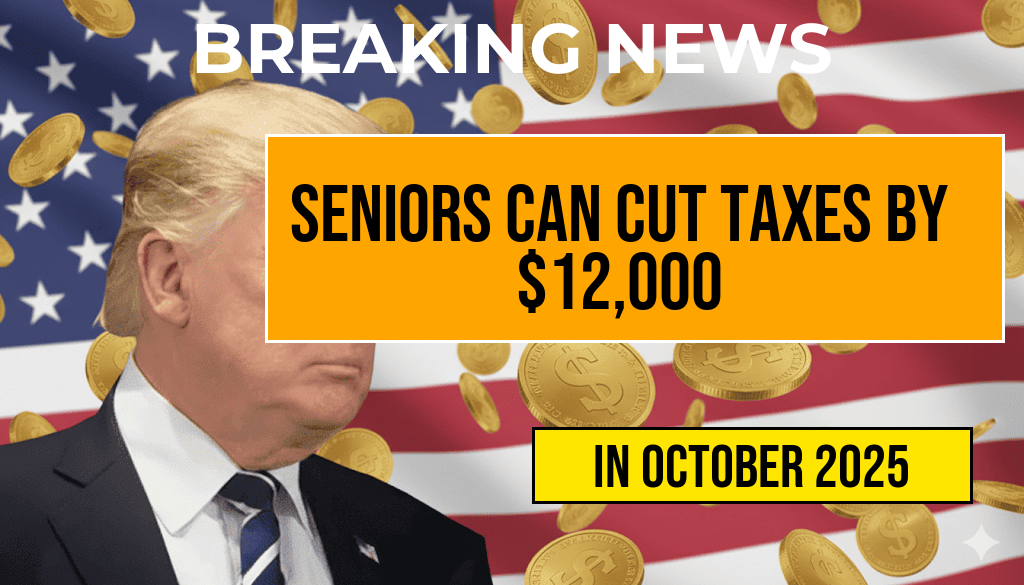The Internal Revenue Service (IRS) has announced a significant increase in the contribution limits for 401(k) retirement plans for the upcoming year, setting the maximum at $33,500 for 2025. This adjustment marks a notable rise from the previous limit of $23,000 in 2024, reflecting ongoing inflation adjustments and a continued push toward encouraging Americans to save more for retirement. The new cap applies to both employee salary deferrals and combined employer contributions, including matching and profit-sharing contributions, allowing participants to bolster their retirement savings more effectively. This increase is part of a broader trend of gradual adjustments to retirement plan limits, aiming to keep pace with inflation and maintain the purchasing power of retirement savings.
Understanding the New 401(k) Contribution Limits for 2025
Details of the Increased Cap
| Year | Employee Contribution Limit | Total Contribution Limit (including employer contributions) |
|---|---|---|
| 2024 | $23,000 | $66,000 |
| 2025 | $33,500 | $73,500 |
The employee contribution limit is the maximum amount an individual can contribute from their salary, excluding employer contributions. The total contribution limit encompasses all contributions made to the plan, including those from employers, such as matching funds and profit-sharing contributions.
Implications for Retirement Savers
This substantial increase opens new opportunities for workers to maximize their retirement savings. For example, a worker earning $60,000 annually can now contribute up to $33,500 in 2025, nearly 56% of their salary, a significant boost compared to past years. Additionally, higher contribution limits can be particularly advantageous for high-income earners and those who have already accumulated substantial savings, allowing them to accelerate their investment growth.
Factors Driving the Increase in Limits
Inflation and Cost of Living Adjustments
The IRS adjusts contribution limits annually based on inflation, measured by changes in the Consumer Price Index (CPI). The sharp rise reflects the cumulative effect of inflation over recent years, which has gradually eroded the real value of retirement contribution caps. By increasing the limits, policymakers aim to help savers maintain their retirement planning goals despite rising costs.
Policy Encouragement for Retirement Savings
Increasing the contribution limits aligns with broader federal efforts to promote retirement security among Americans. As pension coverage declines and retirement costs rise, higher limits serve as an incentive for individuals to contribute more toward their future financial stability. Experts from organizations like the National Institute on Retirement Security highlight that such adjustments are crucial in addressing the retirement savings gap across the country.
Potential Impact on Employers and Financial Planning
Employer Contributions and Plan Design
Employers may consider adjusting their plan offerings to accommodate the new contribution limits, potentially increasing matching contributions or profit-sharing arrangements. This can make employer-sponsored plans more attractive and competitive, encouraging higher employee participation.
Financial Advice and Retirement Strategy
Financial advisors are advising clients to review their retirement contribution strategies ahead of 2025. Increasing annual contributions can significantly impact long-term wealth accumulation, especially when combined with consistent investment growth and tax advantages associated with 401(k) plans.
Additional Changes and Considerations
Catch-Up Contributions for Older Workers
For workers aged 50 and above, catch-up contribution limits remain at $7,500 for 2024 and are expected to increase proportionally for 2025, providing additional opportunities for late-stage retirement savings.
Other Retirement Plan Limits
The IRS also adjusts other retirement plan thresholds, including the income limits for certain tax credits and deductions, to align with inflation. Staying informed about these changes can help workers optimize their overall retirement strategy.
Resources and Further Reading
Frequently Asked Questions
What is the new 2025 401(k) contribution limit?
The 401(k) contribution limit for 2025 has increased to thirty-three thousand five hundred dollars ($33,500).
Why did the 401(k) contribution limit increase for 2025?
The increase is primarily due to inflation adjustments and legislative updates aimed at helping Americans save more for retirement.
Who is eligible to contribute up to the new limit in 2025?
Employees who meet the eligibility criteria and are under the age of 50 can contribute up to the limit. Those aged 50 and above may be eligible for additional catch-up contributions.
Are there any changes to catch-up contributions in 2025?
Yes, the catch-up contribution limit remains at seven thousand five hundred dollars ($7,500) for individuals aged 50 and older, allowing them to save more as they approach retirement.
How will the increase in contribution limits affect my retirement savings strategy?
The higher contribution limit for 2025 provides an opportunity to save more annually, potentially accelerating your retirement savings and helping you reach your financial goals faster.






